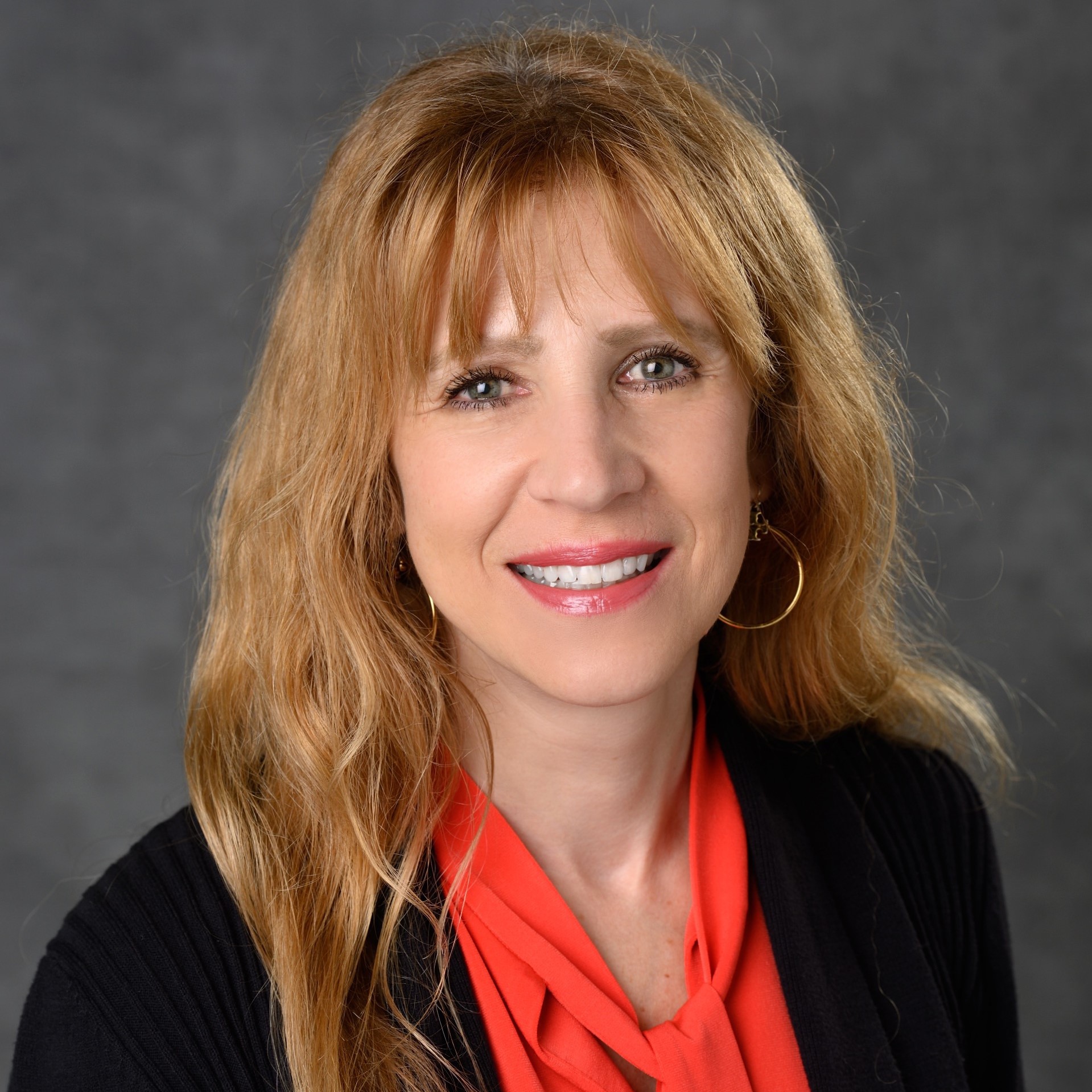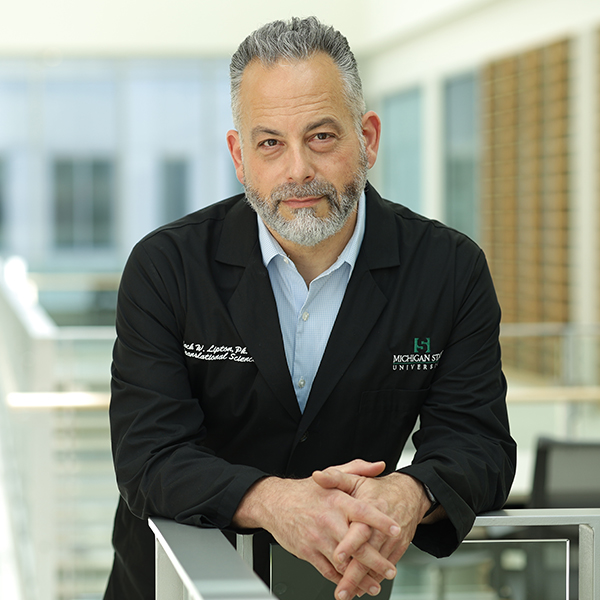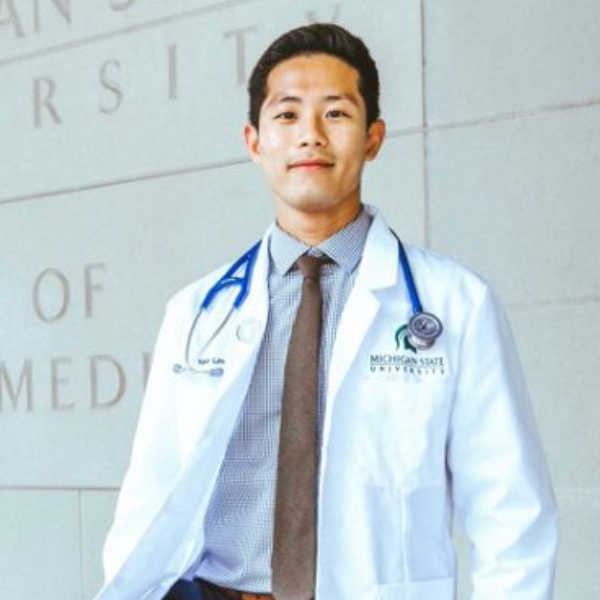In new leadership roles, Lipton and Moore strengthen faculty research development and data-driven decisions
June 26, 2024
Two familiar faces in the College of Human Medicine have recently joined the Office of Research to help scientists get more grants, and to help unit leaders use data to predict and improve performance.
“Grants can be mind-boggling,” said Anna Moore, PhD. “Even a simple R-01 is 150 pages. How do you justify what you’re asking money for? How much to ask for?”
 In the newly created role of associate dean for research development, Moore will work with three groups of people to improve the quality and quantity of research grant applications submitted by faculty: young scientists still learning the art of grantsmanship, experienced scientists who hope to improve their chances of getting large, complex grants or develop their skills as a mentor, and scientists at all levels ready to transition their work into entrepreneurial opportunities.
In the newly created role of associate dean for research development, Moore will work with three groups of people to improve the quality and quantity of research grant applications submitted by faculty: young scientists still learning the art of grantsmanship, experienced scientists who hope to improve their chances of getting large, complex grants or develop their skills as a mentor, and scientists at all levels ready to transition their work into entrepreneurial opportunities.
“My goal is to lift us up,” Moore said. “To raise the level of scholarship in the institution, to brag about it, and to make everyone want to be part of our scientific discovery.”
Moore has experience developing rigorous research programs. She’s the founding director of the Precision Health Program, whose papers and grants have raised the national ranking of MSU’s Radiology Department to first in the Big Ten.
Having been a mentor for over 80 trainees, Moore is perhaps more proud of the work they have done under her guidance than she is about the $40 million in funding she’s raised for her own research.
“I love to work with young scientists,” she said. “They have such vibrant minds and have so many ideas, and I want to be able to help them direct it in a positive direction. You become more happy that your mentee got their grant than you would be about your own grant.”
Moore said that through the systems she’s developing to work at the foundation level with new scientists—and to build mentoring, grant-writing, and entrepreneurship skills across all levels of the college—the College of Human Medicine will realize both short- and long-term benefits.
“We’ll have a much better chance of recruiting high-profile faculty with funding from good institutions, and including medical students and graduate students at a much earlier time,” she said, adding that she envisions a college community so motivated by past and current research that future research and renown are all but secured.
“People land in the Lansing Airport, and they see a huge face of Sparty—which is good,” she said. “But it would also be nice to say, ‘Welcome to Lansing, home of Sparty. Welcome to Lansing, home of cisplatin.’”
Cisplatin, a widely used cancer drug, was developed by MSU biophysical chemist Barnett Rosenberg in the 1960s.
Reporting to Nara Parameswaran, PhD, senior associate dean for research, Moore will be working alongside Jack Lipton, PhD, founding chair of the Department of Translational Neuroscience. Lipton has accepted another newly created role for the Office of Research: associate dean for research analytics.
 “Everyone has gotten the call where someone asks, ‘Please provide us with your last three years of papers, sorted by whether you were a co-author or first author, and underline the names of your students,’” said Lipton. “My goal is to create automated systems that collect faculty research activity data through national databases, aggregate it locally, and make it easily accessible to faculty, staff, and academic leaders in the college.”
“Everyone has gotten the call where someone asks, ‘Please provide us with your last three years of papers, sorted by whether you were a co-author or first author, and underline the names of your students,’” said Lipton. “My goal is to create automated systems that collect faculty research activity data through national databases, aggregate it locally, and make it easily accessible to faculty, staff, and academic leaders in the college.”
Lipton said in addition to decreasing reporting stress on unit leaders and faculty, his new role will help the college and departments make strong decisions.
“When we’re talking about research, resources, and dollars that we have to invest, are we putting them in the best places?” he said. “And how can we help prevent problems before they start? For example, if we know that mid-career faculty who show a decrease in their paper output tend to be in danger of losing their grants, can we predict that before they lose their funding, and determine when it’s best to intervene?”
This isn’t just good for decision-making, Lipton said. It’s good for creating a culture of trust for researchers, and a legacy of stable research funding for the college.
“We always want to show donors that we’re good stewards of their gifts, and that we get the most bang for our buck when we use those resources to advance research,” Lipton said. “But we’re also a state school that wasn’t built on donations, and while we’d love to have more philanthropic support, how can we maximize what we can do with what we have? How can we multiply that, and make sure everyone has skin in the game?”
Lipton said he’ll develop the data systems based in part on those he’s created for Translational Neuroscience.
“Our department has brought in $140 million in external funding since we were founded in 2009” he said. “We give access to all financial and research performance data to our faculty and staff, which creates buy-in, builds trust, and promotes a culture of transparency. By not filtering the data, our faculty know how our unit is performing, and where they fit into the overall research mission.”
That department-wide collaboration also helped them realize they could be an asset during the COVID-19 pandemic. It was Translational Neuroscience that developed and operationalized the University-wide mass testing protocol, which continued for 18 months and ran more than 700,000 tests.
“We designed the entire system to be cost effective and robust enough so that if supply chains were nationally challenged, we’d still be able to run our tests,” Lipton said.
He added that he believes collecting and sharing data enables new kinds of collaborations—like the Spartan Tetrad, a granting program he developed with Vic Dirita, PhD, in which three investigators from different departments pool their resources on a single research initiative, with the University and college combining to provide the fourth piece of funding.
“That program started in January, and we now have over 120 faculty members across 43 different tetrads,” Lipton said. “I’ve been doing this kind of work for years, playing with data because I find it really enjoyable.”
Both Lipton and Moore said they looked forward to building on the work the other is doing to help meet the goals of the research mission.
“Jack will be helping to understand the analytics I need to know,” Moore said. “For example, what are the metrics by which we can say, ‘This researcher is successful’? Does it mean the amount of dollars this person is bringing? Does it mean the number of grants submitted, or number of grants they get? These are important to know.”
“Anna is a highly successful researcher and very prolific,” Lipton said. “I’m a very experienced chair and I’ve run a lot of systems. Together with Nara as senior associate dean, we’re all coming at it with different perspectives and talents, and the ultimate goal is to provide more opportunities for students, increase the reputation of the college and departments nationally, and raise the prestige of the faculty.”
By Lisa Hayes


